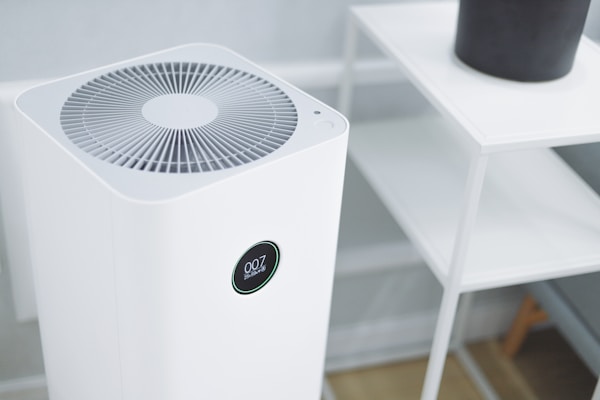Indoor air pollution is a serious environmental health problem. Pollutants from indoor air can cause a wide range of health conditions, including respiratory illness, heart disease, and cancer. In the United States, the most common sources of indoor air pollution are tobacco smoke, lead-based paint, gas stoves, and unvented kerosene and gas heaters. Pollutants in the outdoor air can also seep into your home if you don’t keep it in good condition. Fortunately, there are many things that you can do to reduce their exposure to indoor air pollutants. If you’re not sure what to do or where to start, read on to find out more about the risk of indoor air pollution and what you can do to avoid them.
How can you avoid the risks of indoor air pollution?

There are many risks associated with indoor air pollution, including health risks for occupants and damage to your property. One of the easiest ways to avoid the risks of indoor air pollution is to ensure good ventilation. This means providing enough fresh air to replace the air that is expelled from your home. Proper insulation will also help keep the building warm in the winter and cool in the summer, while also preventing the escape of air pollutants. Furnishings and products that release harmful chemicals into the air should be avoided. Instead, choose furniture and products that are made from natural materials, such as wood or cloth.
It is also necessary to keep your home well-maintained so that doors and windows close properly and seal tightly, and so that any leaks in the building are repaired. Windows are a major part of your home’s insulation and weatherproofing, so you need to take care of any cracks and crevices that may let in outdoor air and moisture. You can caulk and seal these areas yourself, or call a professional to do the job for you. Small cracks in your windows can cause your energy bills to skyrocket, as inefficient insulation allows outdoor air to seep in and warm or cool your home’s interior.
What are common sources of indoor air pollution?

Volatile organic compounds (VOCs) are organic chemicals that vaporize (or “off-gas”) at room temperature. Many VOCs are harmful to human health and the environment. Some VOCs can cause health issues such as respiratory problems, headaches, and skin irritation. Others can cause environmental problems such as ground-level ozone and smog. If you want to prevent indoor air pollution, you should avoid using products that contain VOCs. If you must use a product that contains VOCs, be sure to crack a window to allow for ventilation while doing so.
Cigarette smoke is another one of the most common sources of indoor air pollution, and it can be extremely harmful to your health. Appliances that use combustion, such as stoves, ovens, and fireplaces also release pollutants into the air. Almost every home is vulnerable to dust mites. Dust mites are tiny creatures that thrive in warm, moist environments. Mold creates significant indoor air pollution as well and it can form anywhere that there is excess moisture. Keeping your home clean and dry will safeguard against mold growth.
There’s no doubt about it – indoor air quality is important. Every homeowner should take steps to ensure the air in their home is as healthy as possible. As you can see, there are many different things you can do to protect yourself and your family from indoor air pollution. Your HVAC system is typically your first line of defense against poor indoor air quality, though using ventilation and fans can make your heating and cooling system even more effective. You can also avoid using household cleaners that contain VOCs and keep windows in good condition to prevent air leaks. Follow this advice and you’ll be breathing clean air all year round.





